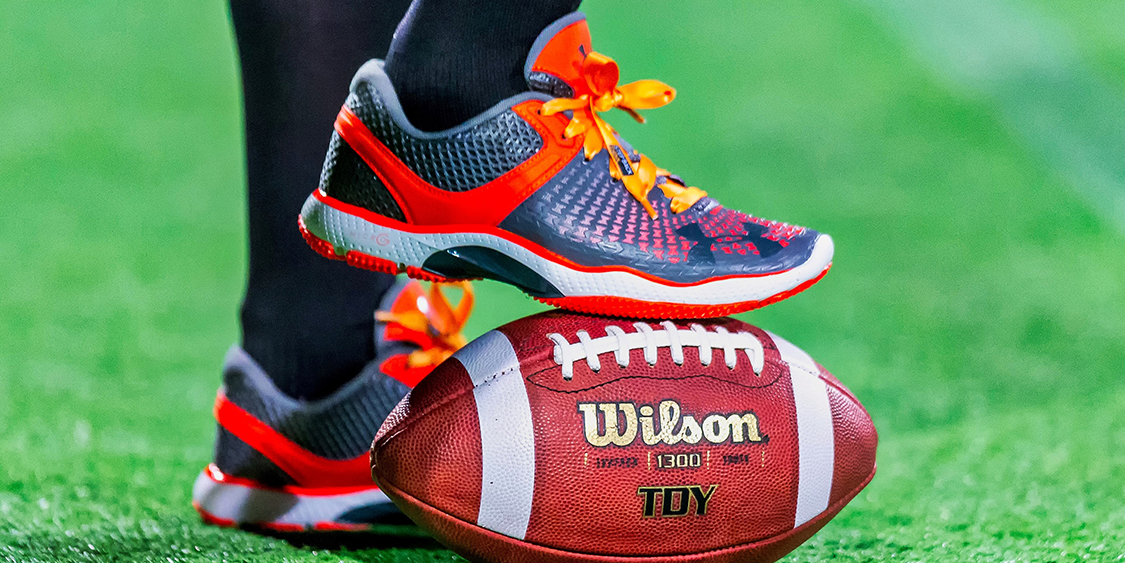
Stores that sell athletic goods may be limited to athletic clothing and shoes or may specialize in a specific sport, such as skiing, or provide a wide range of sporting goods. Some will provide equipment rental. Others will provide used equipment trade-ins and used equipment sales. Many will provide equipment repair.
Classes may be offered for training in specific sports, such as golf or archery. In some operations, ranges for archery or shooting are connected to the premises. Still others will arrange for excursions such as fishing, scuba, or camping trips. Athletic competitions and events may be offered or sponsored.
Property exposures come from the fabric items in the stores. Aerosols and plastics add to the fire potential. Any down-filled items add to the load and are highly susceptible to smoke and fire. Theft is a major concern because of the street value of athletic shoes and other trendy items. Appropriate security measures should be present.
Crime exposures are from Employee Dishonesty and Theft of Money and Securities either from holdup or safe burglary. Employee dishonesty is controlled through inventory monitoring, control of the cash register, disciplined controls and division of duties. Theft prevention requires controls of monies kept in the cash drawers and regular bank drops.
Occupiers’ Liability is always a concern in a retail exposure where the public comes to the premises. All stock on the shelves should be easily accessible to customers. Floor coverings should be in good condition, no frayed or worn spots on carpet and no cracks or holes in flooring. Sufficient exits must be provided and be well marked, with backup systems in case of power failure. Is there any rental of equipment? What equipment and how is it reconditioned before it is rented again? Controls are very important.
Parking lots and sidewalks need to be in good repair with snow and ice removed, and generally level and free of exposure to slip and fall. If the premises are open after dark, adequate lighting and appropriate security for the area must be present.
Products liability for this type of operation is limited unless there is reconditioning, repair or direct importing of foreign-made equipment. In any of these cases the retailer can assume the responsibility of a manufacturer.
Automobile liability is generally a minor exposure with light errand duty. Anyone who uses a vehicle must have a valid licence and acceptable MVR. Vehicles should have regular maintenance.
Workers compensation can be a concern in retail operations from lifting, back injury, hernia, sprain, and strain. What kind of training do employees receive, and what types of material lifting or conveying devices are used? If classes or demonstrations are held or if employees participate in other ways, this concern needs careful evaluation.
Find Out More:
This list is not exhaustive, and assessing your company's exposures and taking the appropriate precautions can go a long way toward protecting your retail or service industry business.
Download our “Common Exposures for Retail Operations” guide for an in-depth list of more ways to minimize gaps in your risk management:




